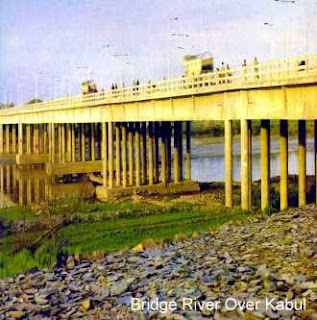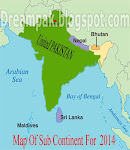August 6, 2008: Pakistan begins a military operation in Bajaur Agency.
April 28, 2009: Pakistan begins operation in Swat to clear militants led by Maulana Fazlullah, low-level violence continues up to present after initial clearing.
May 17: President Ali Asif Zardari declares, “We’re going to go into Waziristan.”
June 28: Hafiz Gul Bahadur, Taliban commander in North Waziristan, ambushes convoy and September 2006 truce.
July 16: Infantry and armor arrives in Miranshah, North Waziristan and Tank district.
August 5: Baitullah Mehsud killed in drone strike near Makin, South Waziristan.
August 22: Hakeemullah Mehsud declared TTP Leader.
September 22: Large clashes between militants and security forces in North Waziristan.
October 5: TTP attacks UNWFP office in Islamabad.
October 9: Car bomb explodes in Peshawar’s Khyber bazaar.
October 10: General Headquarters (GHQ) of the Pakistani military attacked.
October 15: Simultaneous attacks on law enforcement facilities in Lahore.
October 16: Government meets and decides to launch operation at behest of Pakistani military head General Ashfaq Pervez Kayani, who urges the commencement to respond to recent terror attacks.
October 17: Operation Rah-e-Nijat (Path to Deliverance) begins
---------------------------------------------------------------------------dunyanews.tv
April 28, 2009: Pakistan begins operation in Swat to clear militants led by Maulana Fazlullah, low-level violence continues up to present after initial clearing.
May 17: President Ali Asif Zardari declares, “We’re going to go into Waziristan.”
June 28: Hafiz Gul Bahadur, Taliban commander in North Waziristan, ambushes convoy and September 2006 truce.
July 16: Infantry and armor arrives in Miranshah, North Waziristan and Tank district.
August 5: Baitullah Mehsud killed in drone strike near Makin, South Waziristan.
August 22: Hakeemullah Mehsud declared TTP Leader.
September 22: Large clashes between militants and security forces in North Waziristan.
October 5: TTP attacks UNWFP office in Islamabad.
October 9: Car bomb explodes in Peshawar’s Khyber bazaar.
October 10: General Headquarters (GHQ) of the Pakistani military attacked.
October 15: Simultaneous attacks on law enforcement facilities in Lahore.
October 16: Government meets and decides to launch operation at behest of Pakistani military head General Ashfaq Pervez Kayani, who urges the commencement to respond to recent terror attacks.
October 17: Operation Rah-e-Nijat (Path to Deliverance) begins
---------------------------------------------------------------------------dunyanews.tv















.jpg)
.jpg)
.jpg)
.jpg)





